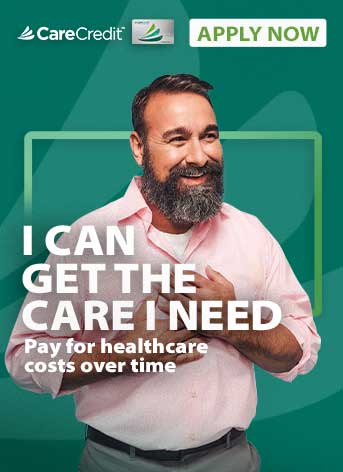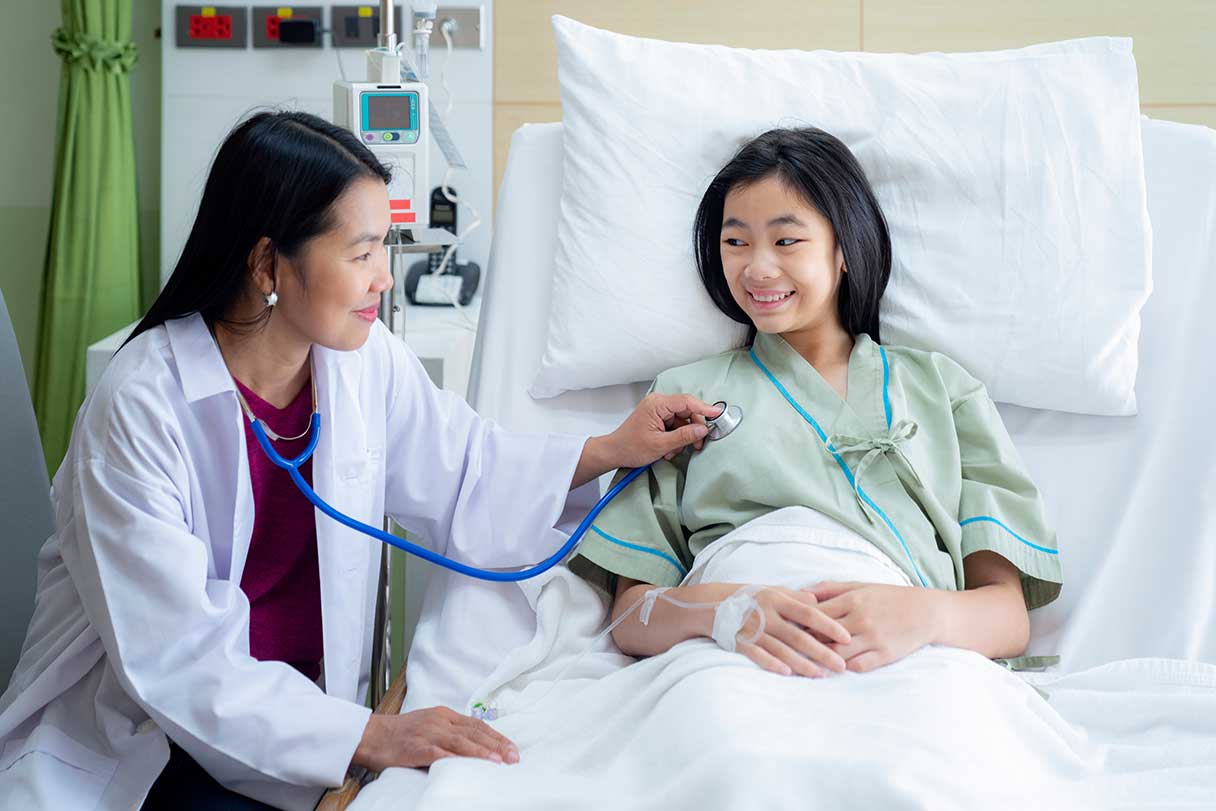Nearly 80% of the U.S. population will have acne at some point in their life — making it the most common skin condition.1 Acne affects people primarily in their teenage years.2 But the teen in your life doesn't have to suffer from this skin condition. From mild to severe cases, this guide covers acne treatment options, acne prevention skin care tips and tips on knowing when it's time to see a dermatologist.
What Causes Teen Acne?
Clogged pores are the primary reason for acne, which can lead to pimples, red blemishes and pus-filled bumps. Acne breakouts are commonly associated with teens as a result of their changing hormones during puberty, when the skin's glands produce more oil.3 Makeup and lotions that contain oily ingredients can also clog pores, resulting in acne. And a family history can make some teenagers more prone to developing acne.2
Different Types of Teen Acne
Acne can come in different forms, and while it most often appears on the face, acne can also show up on the neck, back, chest and arms.
Non-inflammatory acne
is usually a combination of dead skin and oil, resulting in whiteheads, blackheads and pimples.
Inflammatory acne
is a more severe type of acne and can be more difficult to treat. Inflammatory acne can appear as painful red cysts, nodules or large, pus-filled bumps.2
Teen Acne Treatments For Mild, Moderate and Severe Cases
The good news is that acne is very treatable. Below are some common ways to treat teen acne. Most people should expect to use an acne treatment for at least three months to give it a chance to work.
Over-the-counter acne treatments
Can be an effective way to treat your teen's mild, existing acne — like whiteheads, blackheads and blemishes — and help prevent new acne breakouts. Look for over-the-counter acne treatments in lotions, gels, creams, soaps, medicated pads, facial cleansers, astringents and body washes.2
Products containing salicylic acid can clear pores and prevent blocked hair follicles. If your teenager has more stubborn or widespread acne breakouts, look for products that contain benzoyl peroxide, which helps kill bacteria on the skin and prevent clogged pores. Benzoyl peroxide is available as a leave-on spot treatment, lotion or face wash. Keep in mind that acne products containing benzoyl peroxide can bleach clothing and towels, so remind your teen to dry their skin thoroughly after using. It can take about four to eight weeks for skin to improve with over-the-counter acne treatments.3
Prescription acne treatments
Can be effective for acne that doesn't clear up with over-the-counter treatments or for severe inflammatory acne. Prescription acne medications, like the ones below, can be prescribed by a dermatologist.5 It may take up to four to six months to see noticeable improvements.
- Topical retinoids are available in a gel or cream. They can increase your skin's sensitivity to UV rays, so advise your teen to avoid excess sun exposure when using them.6
- Antibiotics, topical or oral, can be taken for a specific period of time to help kill bacteria and fight inflammation due to acne. They may be used along with a topical medication.
- Isotretinoin is an oral medication usually reserved for the most severe types of cystic acne and acne that hasn't responded to other treatments. Isotretinoin is very powerful and can cause side effects, so people who take this medication are monitored closely during their treatment.5
Ways To Help Prevent Teen Acne
Consider these home acne tips for teenagers to help keep the pimples away. These tips can also help prevent "maskne," the mask-related acne that occurs when face masks trap oil and dirt on your skin, leading to clogged pores.1
- Gently wash your skin twice a day using warm water.
- Avoid scrubbing your skin, which can increase irritation; after washing, pat skin gently with a towel to dry.
- Exfoliate your skin once a week to help get rid of dead skin cells.
- Look for the term “non-comedogenic" on skin care, moisturizer and sunscreen product labels; it means the product won't clog your pores.
- Wash your sheets and pillowcase frequently.
- Avoid squeezing pimples or picking at blemishes since this can push bacteria deeper into the skin, potentially leading to more inflammation and scarring.
- Practice healthy lifestyle habits, like following a healthy diet and managing stress; while a poor diet and stress aren't considered direct causes of acne, they can make existing acne worse.4,5
When To See A Dermatologist For Teen Acne
Treating teen acne in the early stages is an important step to help prevent acne scars. Whether your teen is experiencing acne for the first time or is frustrated with persistent acne, a dermatologist can recommend the best teen acne solution for their skin care needs, including type of treatment and length of treatment.
In addition to recommending additional tips for an at-home, healthy skin care routine, a dermatologist may also recommend additional remedies to address teen acne, like cosmetic laser treatments,8 which can help reduce the appearance of teen acne scars, or a chemical peel.9
CareCredit Financing for Acne Treatment
The CareCredit credit card is an easy way to pay for the cost of teen acne treatments, including over-the-counter treatments, dermatology visits and prescription medications at locations in the CareCredit network.* Use the Acceptance Locator or download the CareCredit Mobile App to find a dermatologist near you that accepts CareCredit.








